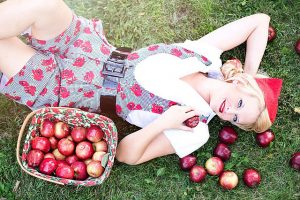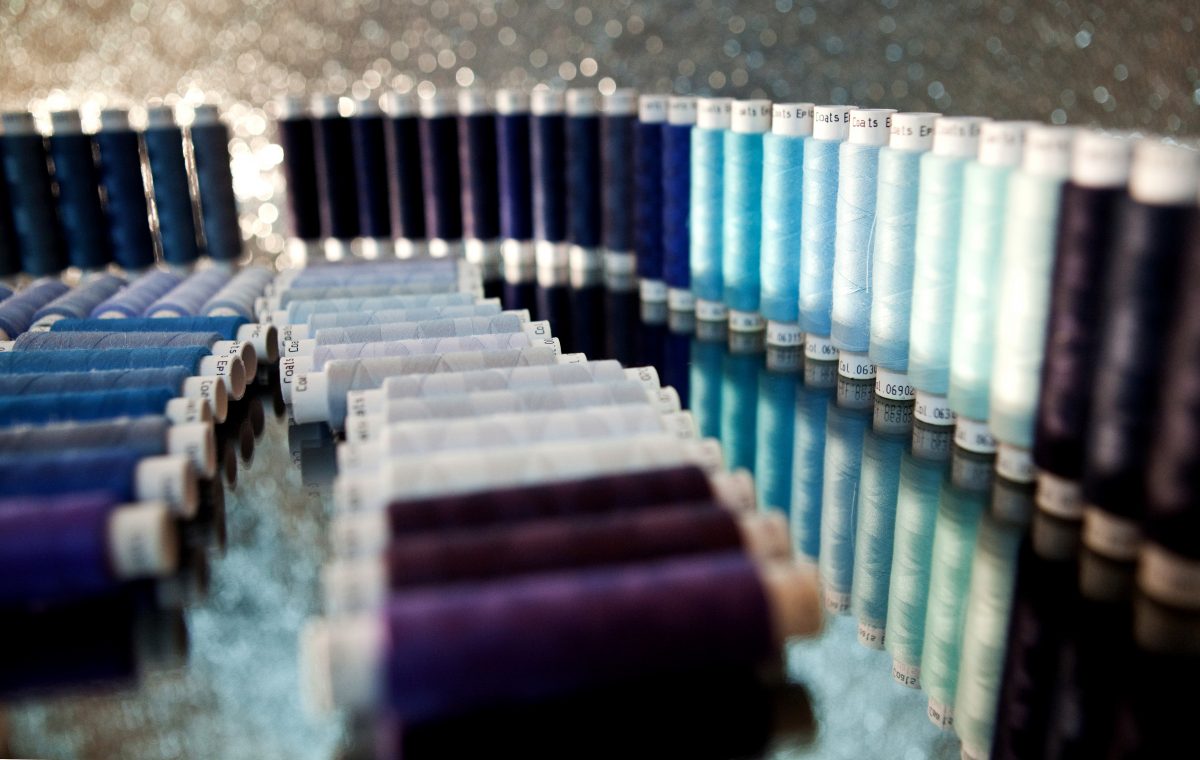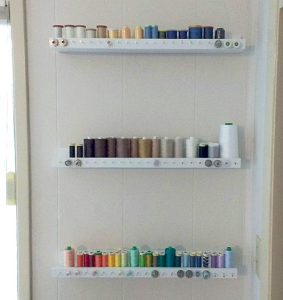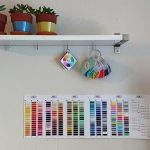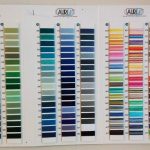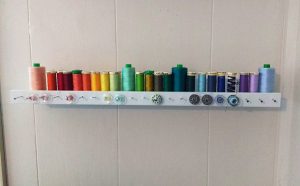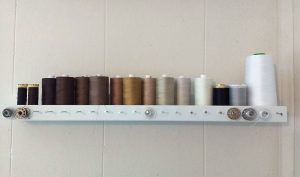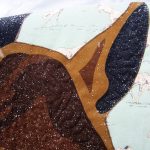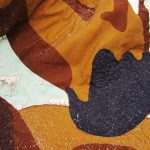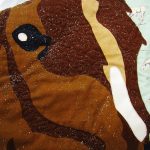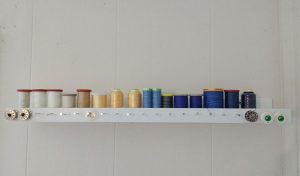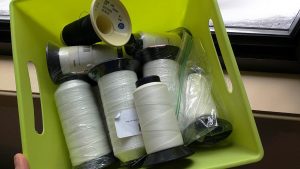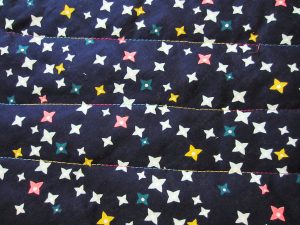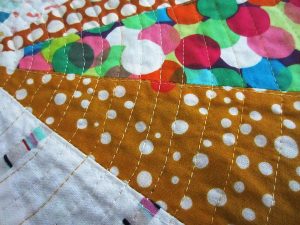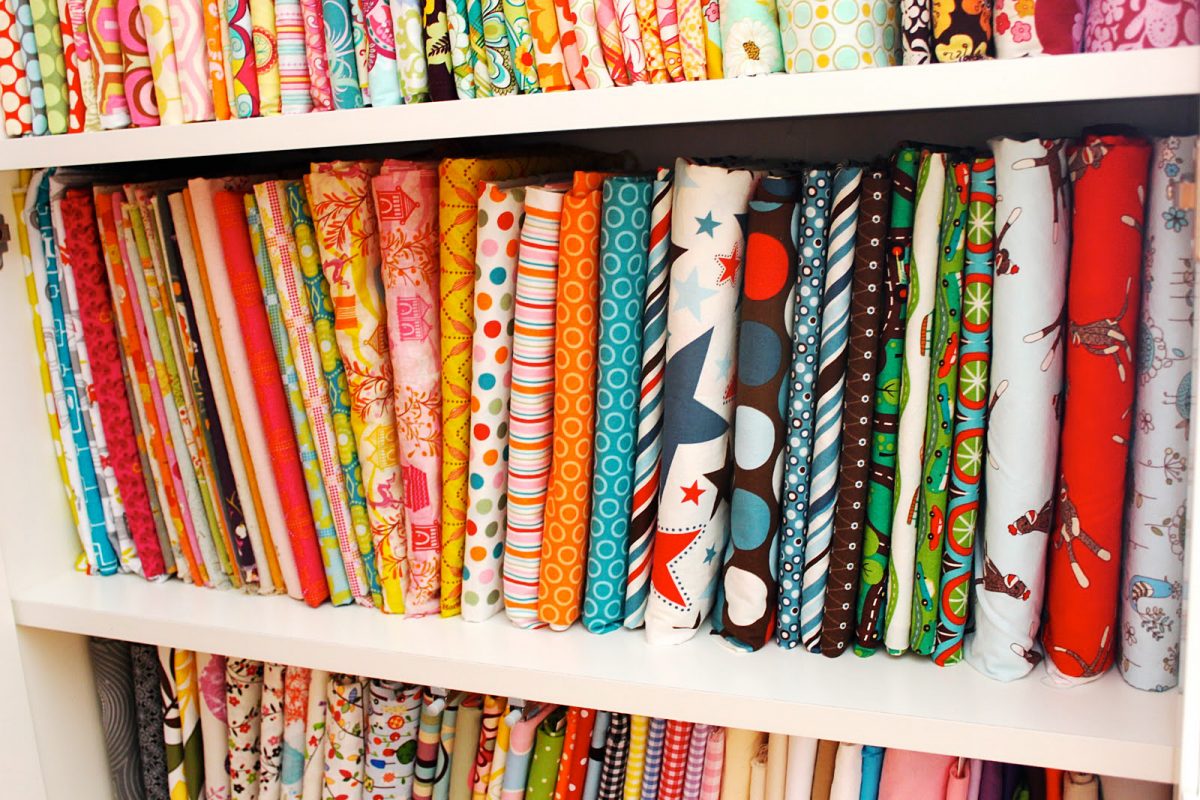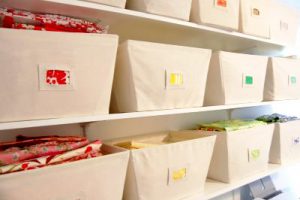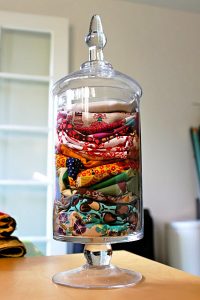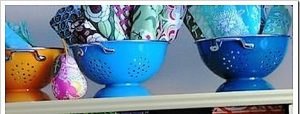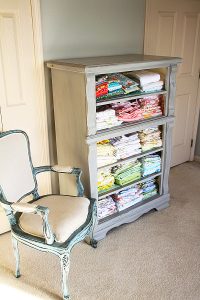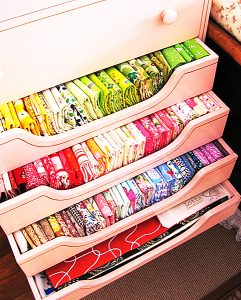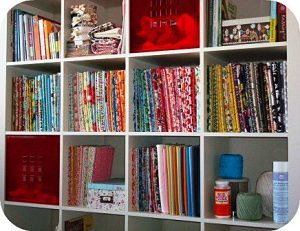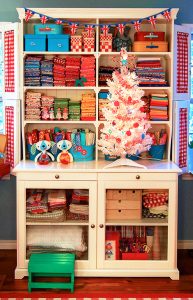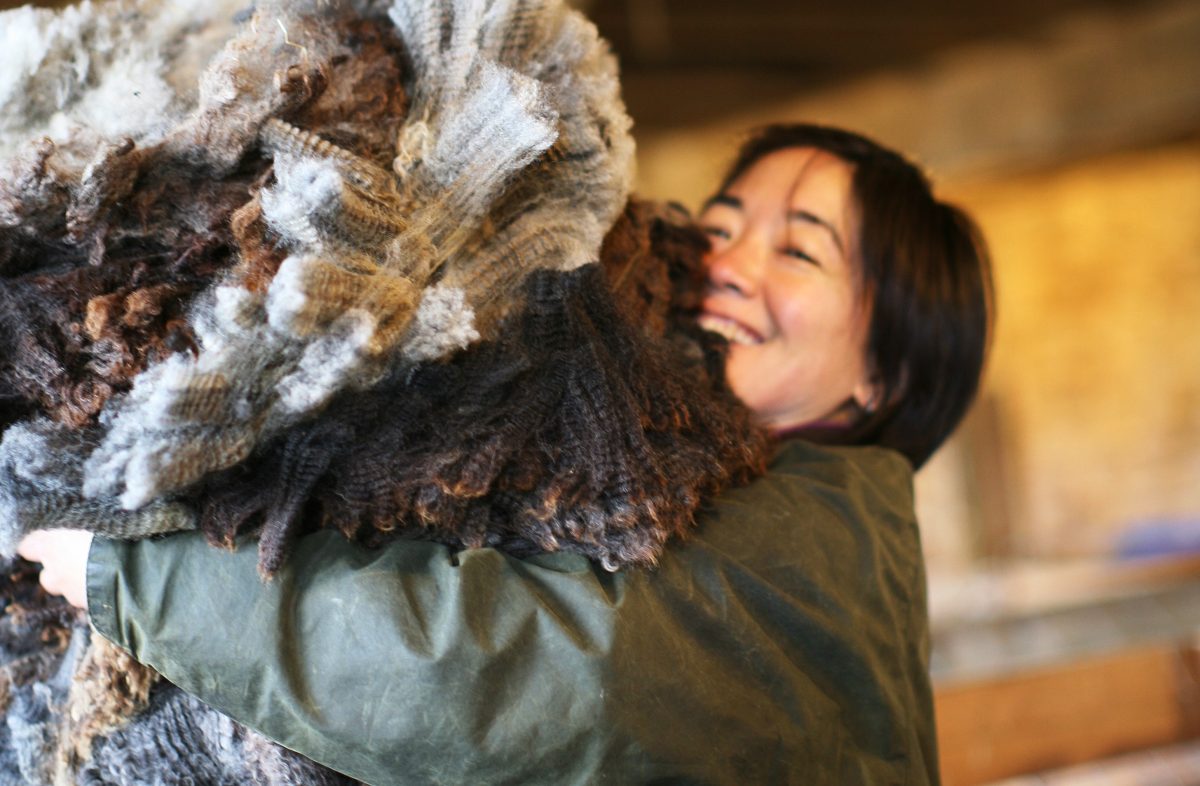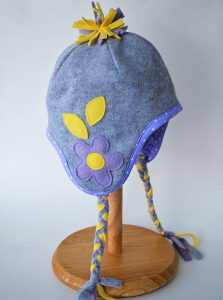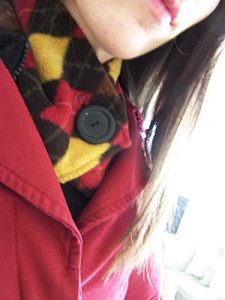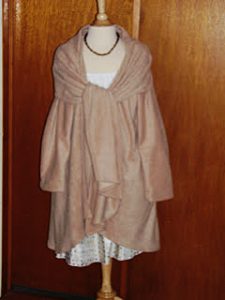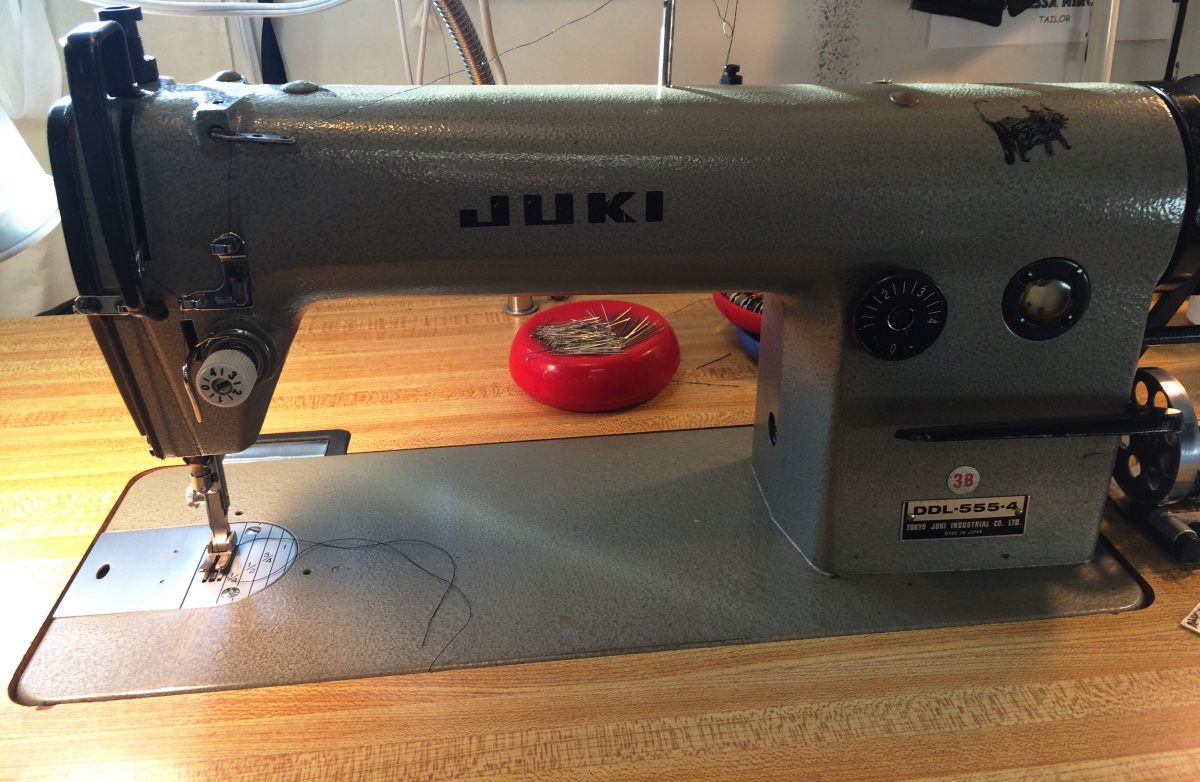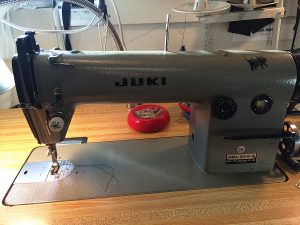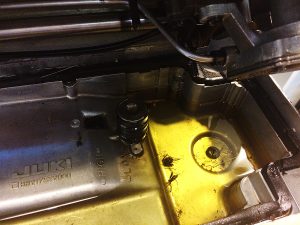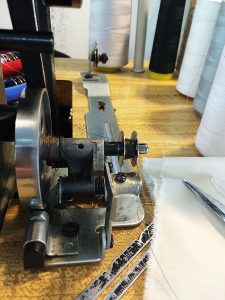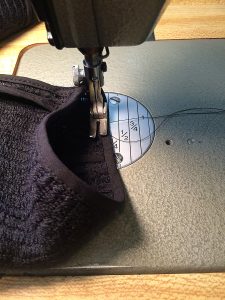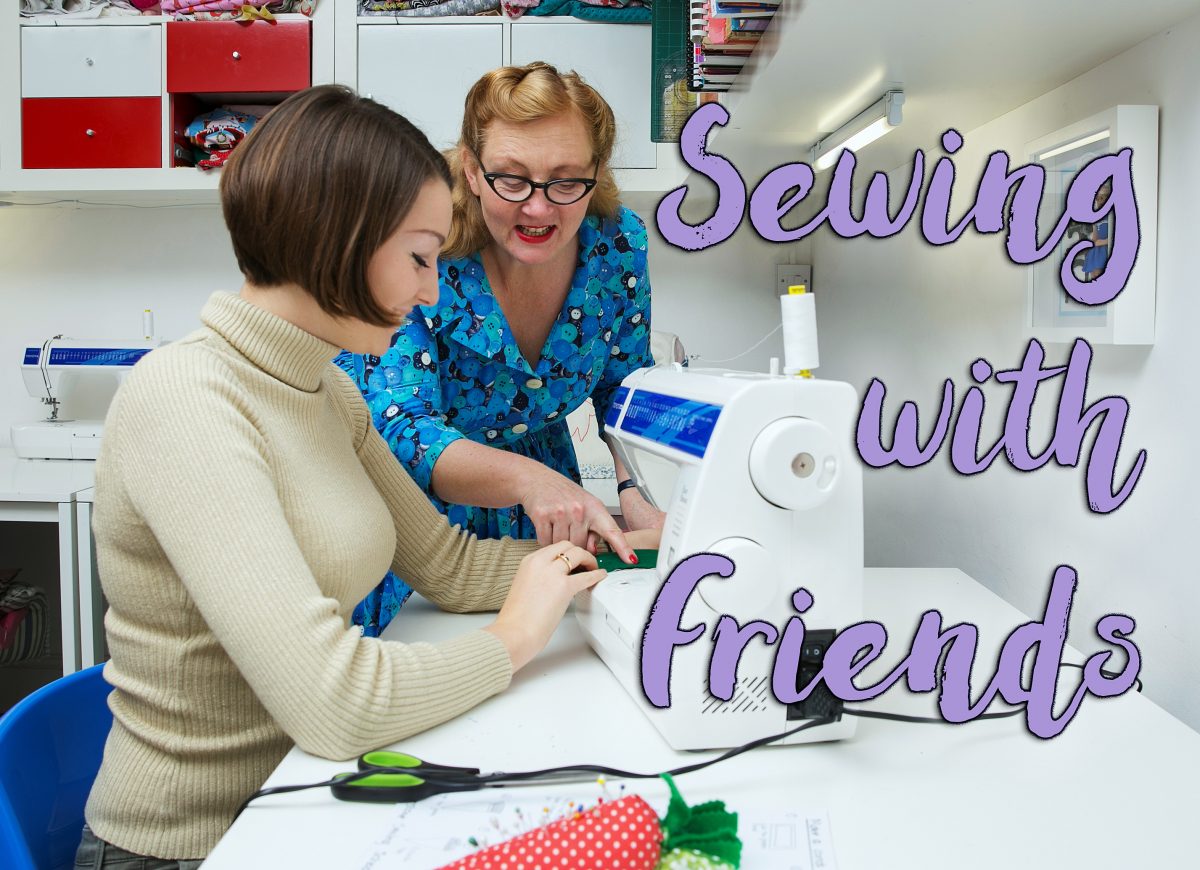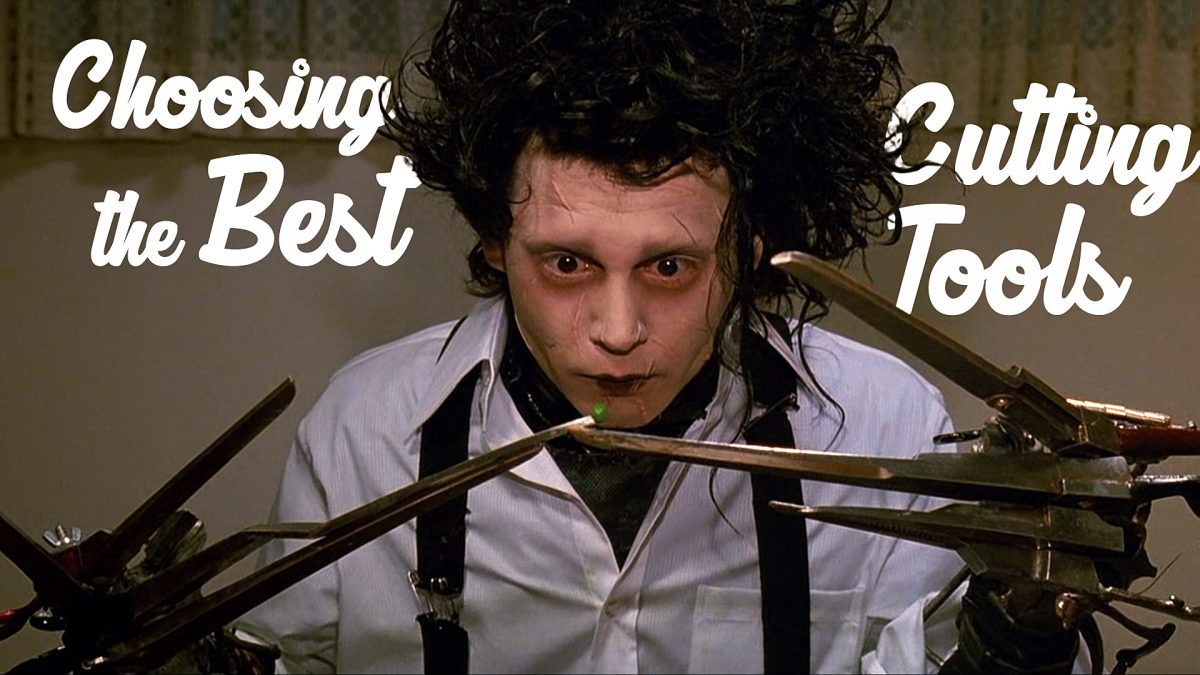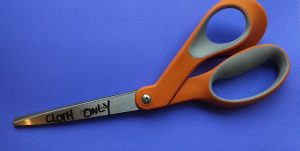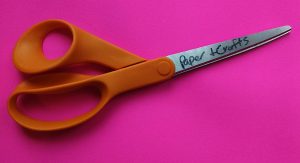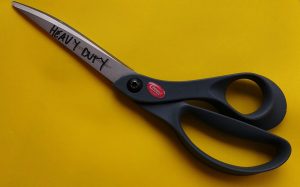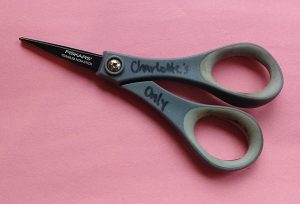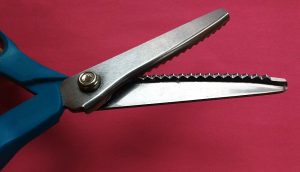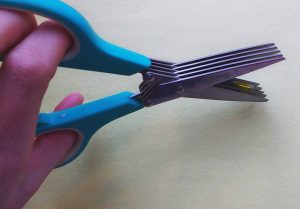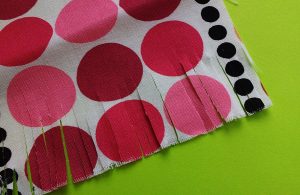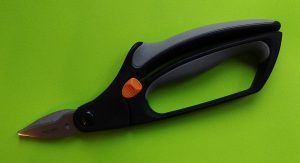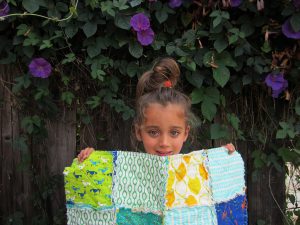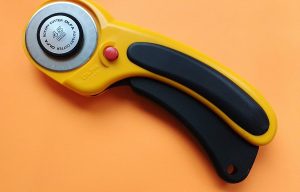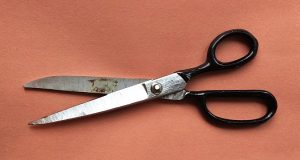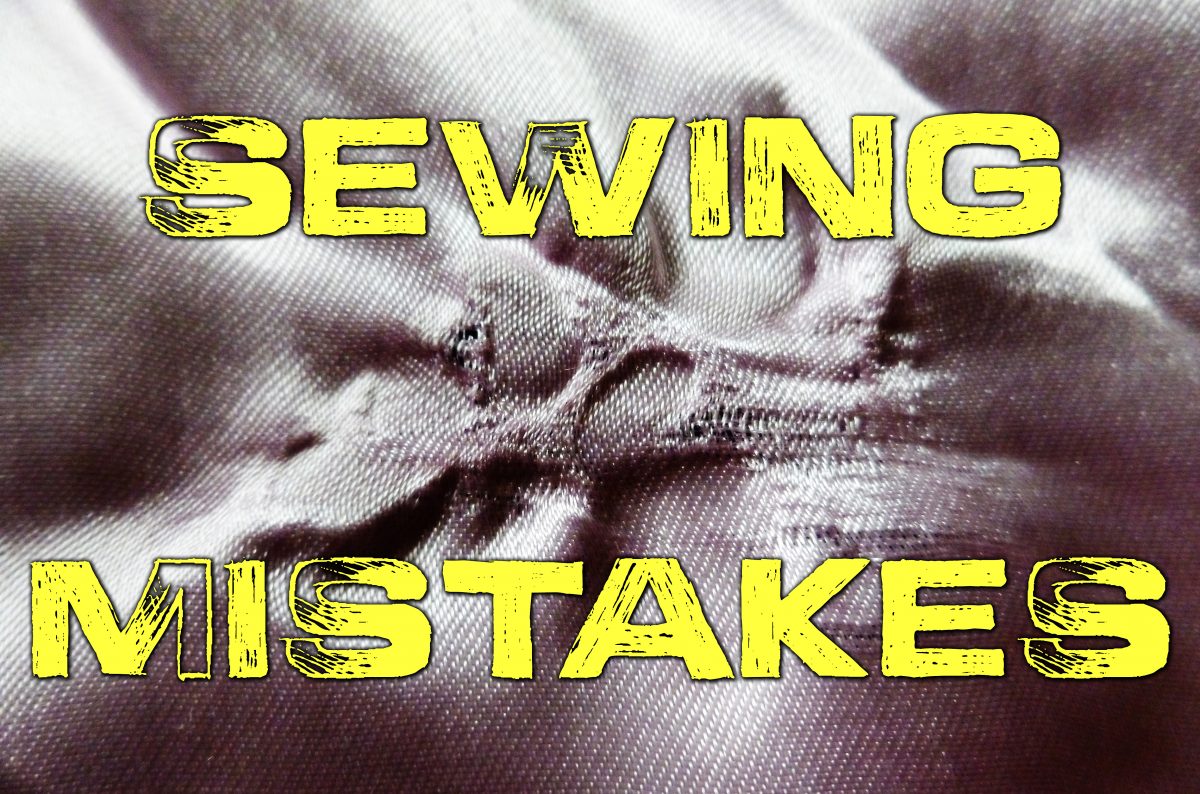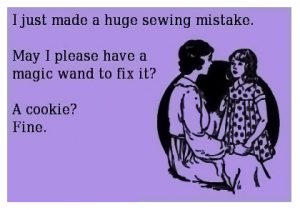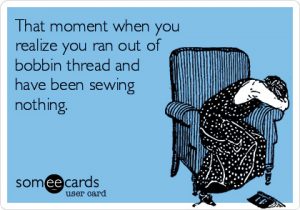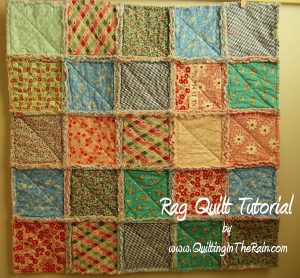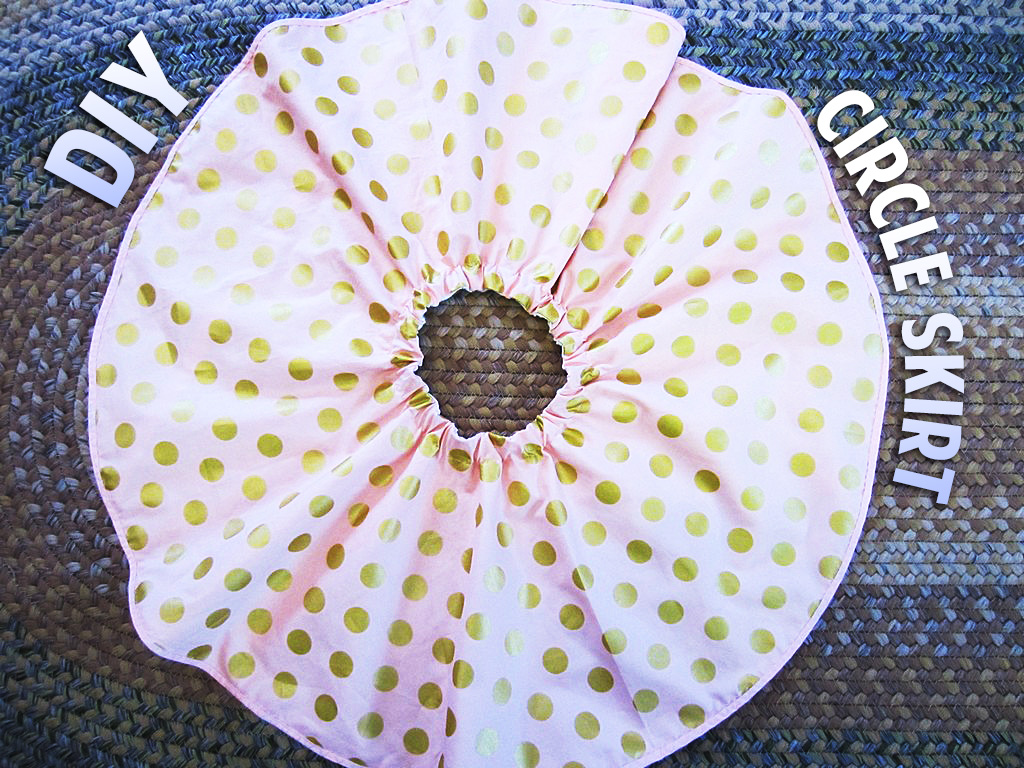One of the things I love best about sewing as opposed to some of my other creative ventures is that I can do it any time of year. In the fall and winter, I can make blankets, jackets and other warm items. During the spring and summer months, I can make cute skirts and dresses and flowy decorative items. The different material weights and textures means it’s never too hot or too cold to sew! Here are some of my favorite projects for each season.
Winter
When it’s cold outside, there’s nothing better than lighting a fire and sewing something with warm, cuddly fabric.
Flannel Blanket
I absolutely adore flannel. It’s always warm and gets softer with each washing. This cozy blanket is easy to do and can be made in any size you like. We’re big on throw blankets in this house, so that’s what I did. Because flannel is available in so many colors and patterns, it’s easy to find something that will match your home and your personal style.
Dinosaur Hoodie
The challenge with winter is that kids are stuck inside. This sewing project will keep you warm and provide them with hours of imaginative play. Can you say “roooarrrr!”? Your kids will love playing dinosaur with this hoodie. Make a couple of the neighbor kids too and have a dino party!
Spring
Spring is a time of renewal. The weather warms up and life starts to return to the great outdoors. It’s still a bit cool to go out and enjoy it without a light cover up and there can be days on end of rain keeping you indoors. That’s where these sewing projects come in!
Napkins
Spring is often a time when we entertain more. We can open the windows and doors and guests can flow in and out without tracking snow, ice and dirt. Depending on the occasion, setting a pretty table can be part of the deal as hostess. Check out these colorful napkins. They’re perfect for spring and summer and a conversation starter too!
Picnic Blanket
It might be a bit cool yet to have a picnic, but it’s never too early to plan for one. This adorable picnic blanket is a great spring sewing project. While you’re inside working on it watching birds and other life return to your yard, you can daydream about that first picnic of the year. Won’t it be great with this new blanket?
Summer
Summer is all about hot days, trips to the beach and keeping cool. You may not be spending too much time with your sewing machine, but that’s okay. These quick projects won’t get you overheated – instead they’ll help you keep cool once they’re done.
Towel Wrap
I don’t know about you, but I’m not a fan of getting out of the pool or ocean having to struggle with my towel. This fabulous towel wrap means I can keep my hands free for a drink and a book while still staying dry. Even better – it upcycles towels that might otherwise get tossed.
Wine Bag
To go with that lovely picnic blanket you made during the spring, you need a wine bag to tote your bottle for that elegant picnic. You could also use it as a wine gift bag if you need to bring a gift to a house party. It works up quickly and can be made for any style you can imagine.
Fall
I love fall! The changing leaves, the crisp air and the smell. It’s somehow romantic in a way. While I’m going to spend as much time outdoors as I can, there are some great fall sewing projects for those dreary fall days when I can’t get out.
Pillow
I love this! Making this pillow means I can bring some of the fall colors inside while using up some of my scrap stash. Don’t have all the colors? No problem! Remnants are cheap and easy to find in every color and pattern you’ll need.
Coasters
As much as I love fall, I dislike rings on the coffee and end tables as strongly. These adorable leaf coasters solve the problem while bringing all my favorite fall colors into the décor. I personally went for more realistic fabric colors, but you can do whatever you like.


